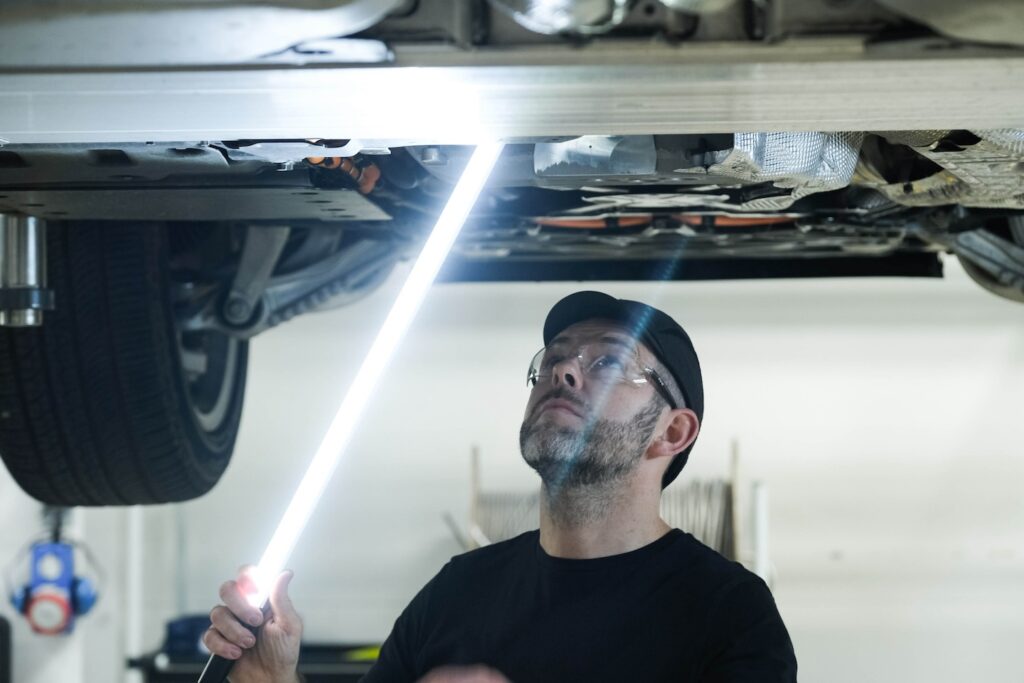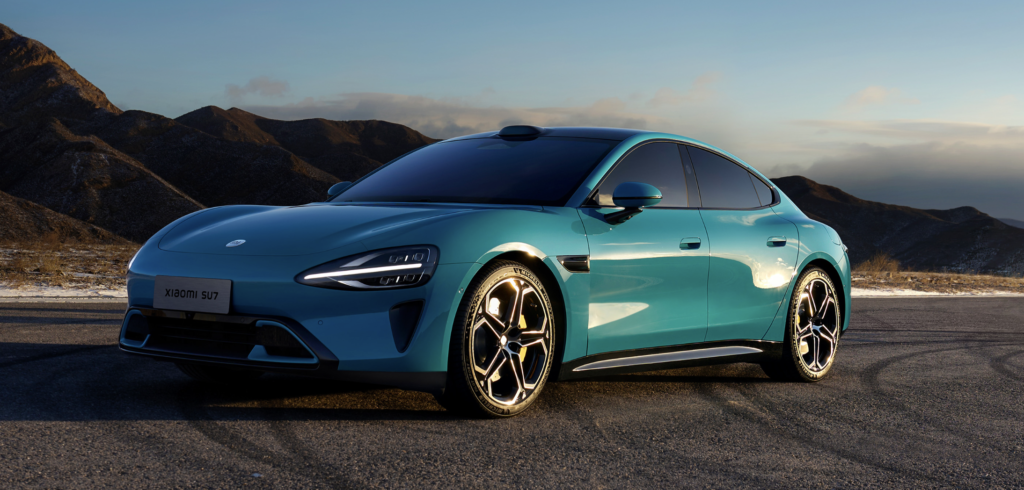It’s not everyday that you see an auto manufacturer change its entire game plan, but it looks like this is the strategy that veteran company Jaguar is going for, at least moving forward. The company is pushing its efforts towards a complete reinvention, shifting from its historical focus on luxury vehicles to the volume premium space, which may or may not be good news to some. Nevertheless, it’s bound to be an interesting journey to watch unfold over the next few years.
With that in mind, Jaguar is aiming to create desirable and aspirational electric vehicles, while at the same time maintaining its reputation for beauty and craftsmanship. Probably not an easy feat, but given its decades of experience and key personnel behind its operations, it shouldn’t be too surprising to see the company successfully pull off this full transition. The company is planning to phase out its current vehicles, and will introduce a completely redesigned range of electric vehicles over the coming years.
CHECK OUT: Worried about Car Theft? JLR has you Covered
New Pricing, Same Signature Look

It should be noted though that Jaguar’s new vehicles will be more expensive than its current lineup, which we suppose is entirely unsurprising, at least for the moment. Part of this major shakeup involves the arrival of its new Electric Architecture, a unique platform that’s designed for the company’s upcoming range of electric vehicles. This lineup includes the I-Pace, which will be an affordable luxury electric SUV (starting at around $100,000) and represents the increase in price of the company’s vehicles, as mentioned earlier; the company expects 10-15% growth in sales compared to existing models.
Of course despite this planned major overhaul, the company wants to maintain its identity in aspects such as design, in particular. This means cars with a unique and bold look that feature a clear and uniform resemblance within families, with each individual design being different enough in a way to stand out on its own. A closer look reveals that the company has been working on this particular brand transformation for the past three years, although it won’t be revealing much about its new strategy until the second half of 2024. In addition to the shift in focus on the product, this massive transformation will involve new brand positioning and customer experiences that will seamlessly meld with Jaguar’s new approach.
Jaguar also held an internal design competition within the company, splitting the design team into three groups and giving them 18 weeks to come up with three body stocks. The teams were given free rein to create modern and exuberant designs, resulting in close to 24 size plays in the three-month span.
A Competitive Industry

External design aside, there are of course key differences which need to be considered when designing and engineering electric vehicles. Manufacturers have likewise gradually designed their respective models to be homogenous, and almost “generic” in a sense, in order to focus on range and aerodynamics. As such, Jaguar is looking to stand out in a growing sea of otherwise “dime-a-dozen” EVs, and the company is banking on great design, leading tech, and efficient engineering to set itself apart from the competition.
It also happens that Jaguar is at work right now in designing an upcoming EV with considerable range and charging capabilities – currently under wraps, the mystery vehicle will be able to cover a range of over 700 km (or 720 miles), with rapid charging capabilities that allows for an 80% charge in just 20 minutes. Jaguar is also planning to offer a full range of electrification services, including home charging, public charging, and destination charging.
With regards to Jaguar’s brand identity, the company wants to capitalize on the reputation of its cars as being “driver’s vehicles” by focusing on giving owners a purely driving-focused experience with characteristics designed to deliver such. Jaguar says that the driving position and the relationship between the driver and the vehicle are crucial in helping its already-known brand stand out more, which will need to be consistent across all its upcoming vehicles.
Release Timeframe

As for when we can expect new EVs from Jaguar, the company says that it will unveil its new vehicular design language next year, with the first car to go on sale in North America by the end of 2025. It’s expected that three new EVs will be released, with prices ranging from around $100,000 to $200,000. Furthermore, a second model is expected to hit markets around 2026, with the third model’s release date still a mystery for the time being.
The company is also in the midst of working out what features consumers an expect from its new vehicles – as such, the new EVs go beyond being a mere commodity vehicle, and will instead primarily build on being a sensor-surround car for high-network individuals, with a range of over 400 miles which should be ideal in large countries like the US. There’s also talks of an EV with a 1,000 horsepower “S” version, although as with the rest of its upcoming vehicles not much is known right now; the company adds that it intends to develop first-party battery hardware development.
Jaguar is of course open to working with third parties and experts in other aspects of the tech that will be integrated in its upcoming vehicles, and wants to leverage partnerships and underlying systems for technology implementation.
Other Considerations

It should also be noted that the company is considering strengthening its presence in the Chinese market, with potential for overseas expansion. There are key factors to take into account as well, such as China’s focus on full electric vehicles and competition from local brands which offer competitive designs and features. For premium markets in general, Jaguar is looking into how brands in the luxury market tend to succeed in high-priced segments due to their established reputation and history. The challenge therefore lies in differentiating luxury brands from competitors offering similar products at lower prices.
Now with all this being said, the company isn’t intending to drop support for older vehicles. In terms of legacy models and aftermarket parts, the company assures that it will continue to support older vehicles, including service requirements and used car sales. Customers can also remain confident that they’ll continue receiving support and aftermarket parts for their vehicles throughout the vehicle’s reasonable life.
In any case, there’s a lot to look forward to with Jaguar’s plans for the coming years, and with competition in the EV market fiercer than ever, the company has a lot riding on this massive overhaul.



